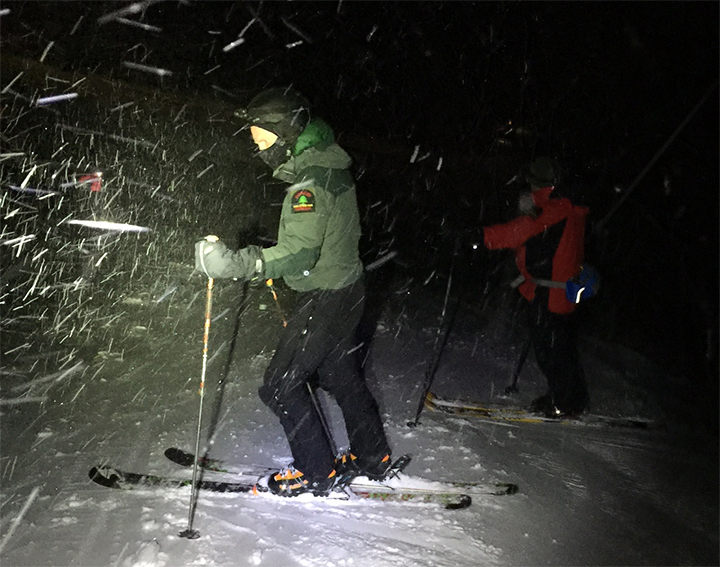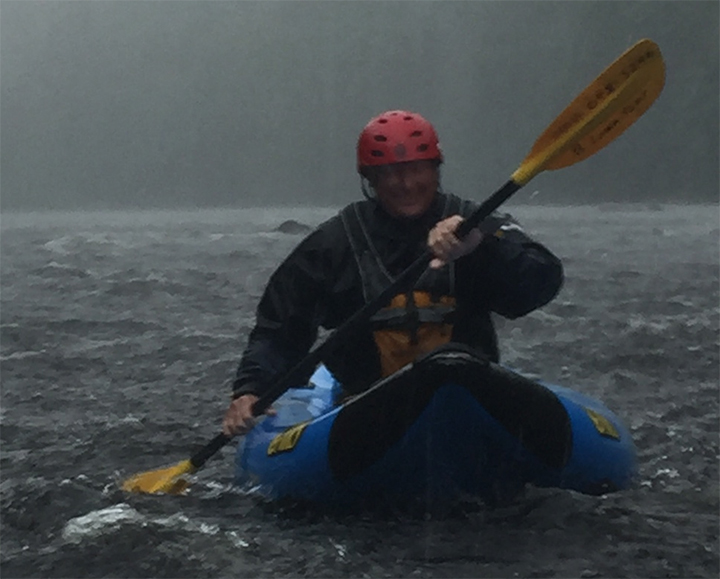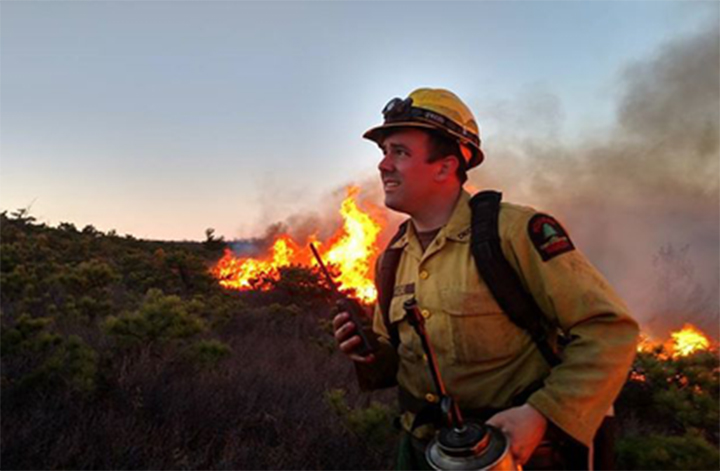
Patrolling the Peaks | Why We Need More Forest Rangers & Staff in the Adirondack Park
By: Guest Contributor - Scott van Laer - New York State Forest Ranger
Thursday, November 15, 2018
Having grown up the son of a forest ranger I developed a great appreciation for the Forest Preserve and the role rangers played in protecting it.
My father patrolled the Slide Mountain Wilderness in the Catskills for most of the 1980’s before transferring to the Adirondacks, covering southern Hamilton County and later southern Herkimer County before his retirement in 2004.
 The author and his father hiking the wonderland trail in Mt.Rainer National Park
The author and his father hiking the wonderland trail in Mt.Rainer National Park
While it was probably coincidental, looking back I feel like my father was preparing me to be a ranger even in my childhood. I often got to hike with him, watching him interact with hikers, campers and hunters. I even helped on some searches and put out small fires that escaped from unattended campfires that were not properly put out.
The phone at the house rang constantly with questions from hikers wanting to know trail conditions, regulations and the best places to explore. Eventually I was picking up the phone and answering those question myself. Because of this experience, I often say I became a ranger in 1977, the year my father started, rather than 1996 when I formally began my career.
What I learned from watching my father and what I have found during my career is that the old cliché, “It’s a lifestyle, not a job” was likely coined to describe the life of a forest ranger. 
While the job is idyllic and I look forward to each day of work, I have become alarmed at the changes and pressures placed upon the force today. While the role of the forest ranger hasn’t changed much, we have struggled to keep pace with more land to patrol and an exponential increase in use and resulting search and rescue incidents.
In the 1970’s, the amount of public land per forest ranger was 28,516 acres. Today that number is 53,752. In the 1970’s, rangers responded to an average of 143 search and rescue incidents per year; we now manage approximately 350 such incidents each year.
I have worked in the High Peaks Ranger District for the past 20 years where the external pressures on the force are likely most pronounced. The six field rangers assigned here have, by necessity, become a fulltime rescue team kept in a constant state of readiness.
We are barely keeping up. What we are losing is the essential connection to the land and the people, the stewardship of the Forest Preserve, the reason we were founded together in 1885.

Rangers spend so much time responding to rescue calls, we have very limited time to patrol the landscape we are assigned. The six rangers working in the High Peaks District are hiking 1,000 miles less than we were 10 years ago.
I used to spend more than 20 nights a year at our outposts or camped at remote areas like Slant Rock and Feldspar on trips to survey the area.
Now, requests for overnight patrols are denied by supervisors because they must manage an undersized force for only one thing: search and rescue.
New York State has done an incredible job adding more land to the Forest Preserve and conservation easements (private land, which rangers also patrol), but with the success we have had in promoting increased tourism in the Adirondacks we desperately need to rethink our staffing numbers for those who protect and manage these lands.

The amount of public use in the Adirondack Park warrants a ranger staffing level more comparable to that of a national park. Yellowstone is 2.2 million acres in size and 330 permanent rangers are employed there. In the Adirondacks, in the state’s six-million acre park, there are just 50.
Please join me in calling on our state leaders to add to the forest ranger ranks and increase lands and forest staffing this fiscal year. Click HERE to answer the Adirondack Council's call to action for more forest rangers and other staff.
Stay tuned for my next piece providing a glimpse into the life of a forest ranger patrolling the High Peaks Wilderness.
|





